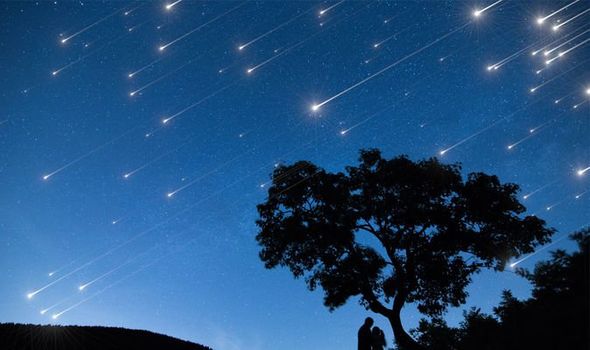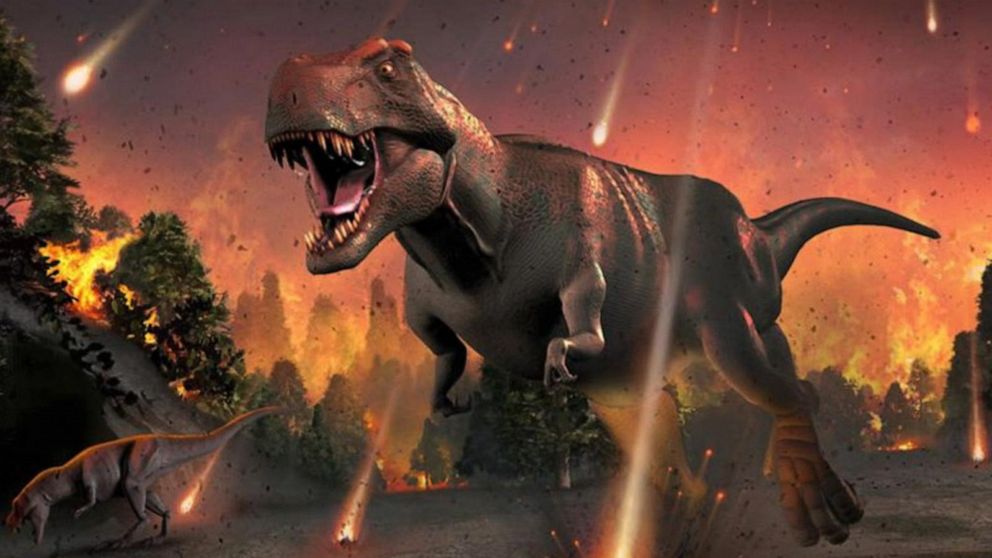

APOD ping list?
Don’t want any dirty meteors................
Please add me to list. I only have the Orionids on my October calendar.
Thank you for this reminder~! Now that my pool’s closed up for winter, it gives a reason to keep the chaise lounge chair out on the pool deck.
I live in Northeast Ohio, one of the cloudiest places on Earth.
In the United States only Seattle exceeds us as far as cloud covered days.
Cool!
The following is from Sky and Telescope
October 7 (night of the 6th): The Draconids
This normally weak shower, which emanates from near the head of Draco, usually offers no more than about 10 faint meteors per hour at its peak, so it's not usually included in this annual roundup. However, astounding "storms" of Draconids occurred in 1933 and 1946 — as recently as 2018 observers logged rates of up to 150 per hour. !
Earth should slide through these streams between 9:30 and 10:00 p.m. EDT. A waxing gibbous Moon will be a problem after it rises around 9 p.m., so the best viewing might be right after dusk. Draconids are especially slow-moving, striking our atmosphere at just 21 km (14 miles) per second.
October 21 (night of the 20th): The Orionids
Here's another modest shower due to Halley's Comet. This year its peak, early on October 21st, is well suited for observers in North America and Europe. Moonlight won't be a problem, and you can start watching around 9 p.m. on the 20th, after the shower's radiant (located above Orion’s bright reddish star Betelgeuse) clears the horizon. But the best rates, perhaps one meteor every few minutes, will come after midnight.
